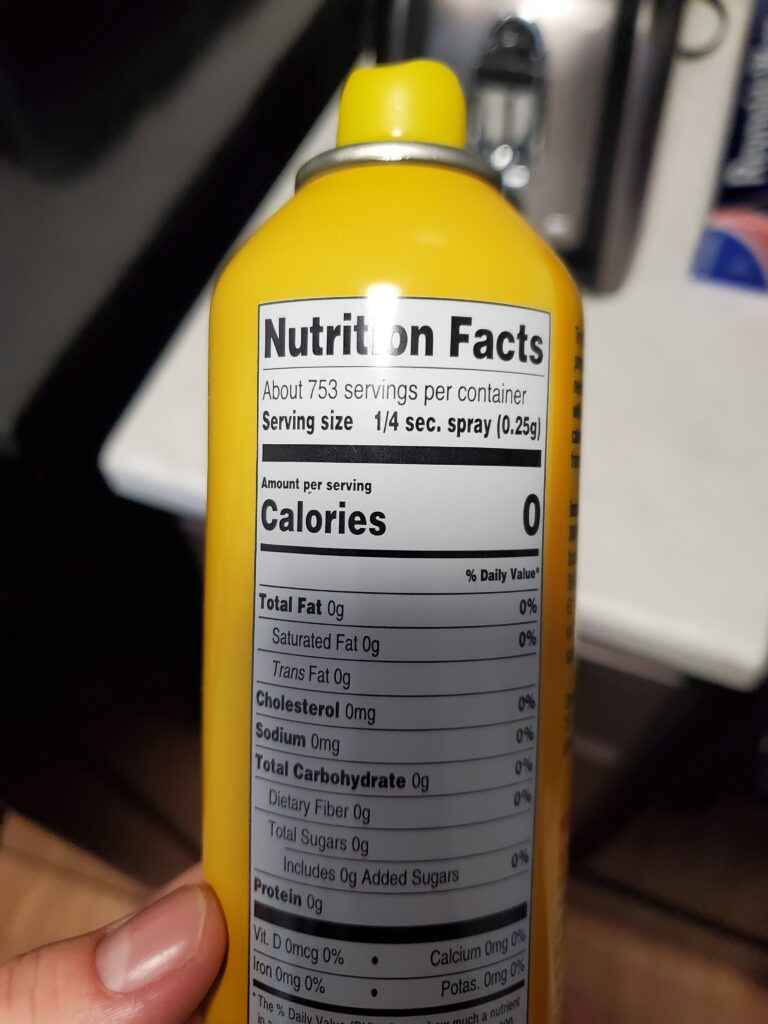Food Scales Can Balance Out Allowed Inaccuracies
by BLAKE PIESCHKE, CSU Public Relations Intern
Throughout most of my years of dieting, I never really thought about using a food scale because I never really had a use for it. That changed when I had a desire to make recipes from Greg Doucette and Remington James, since I needed to measure ingredients in grams. With the help of a food scale and these recipes, I was able to lose 15 pounds in just a few months.
But little had I known, there was another purpose the food scale proposed other than providing exact measurements for ingredients. It revealed that nutrition labels lie about serving sizes and we may be consuming more calories than we thought.
I remember watching one of Doucette’s videos where he mentioned that he weighed one of these flatbreads and it weighed more than the nutrition label said. As you can see, the label says a flatbread is 56 grams for one serving. However, my food scale says the flatbread is 63 grams, meaning that the label is wrong and it is more calories.
Why is this?
Nutrition labels are allowed to be 20 percent off and there is no food police who will be coming after them for their wrongdoing. Therefore, I highly recommend investing in a food scale to have more accurate measurements if you are trying to lose weight.
Also, we need to be cautious about foods that say zero calories. It is nearly impossible for anything to be zero calories.
As you can see, the labels say that these products are zero calories, This is because the serving sizes are so small that they are allowed to round down because of the 20 percent they are permitted to be off.
A good rule of thumb when using non-stick spray is that each second you spray is roughly 10 calories. In a bottle of mustard or other condiments like it, there is roughly two to four calories per serving.
Greg Doucette goes into more detail about these types of things in his video I have linked The Truth About CICO – YouTube.
To sum it all up, you may not be losing weight because you aren’t measuring your food accurately. At the end of the week, you could be consuming 500 more calories than you thought. The weight really started coming off for me when I started using a food scale, so I highly recommend investing in one yourself.
Blake Pieschke is a CSU Public Relations Intern and a senior studying Mass Media at Minnesota State University, Mankato. Blake is from Glencoe, MN and has a passion for sports, fitness, and the outdoors. He plans on pursuing a career in sports journalism when his college career is over.





